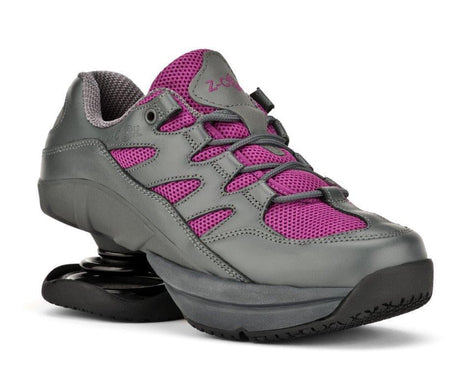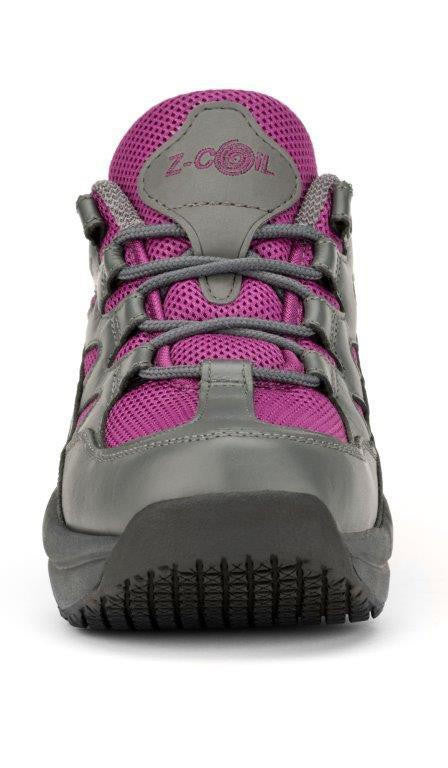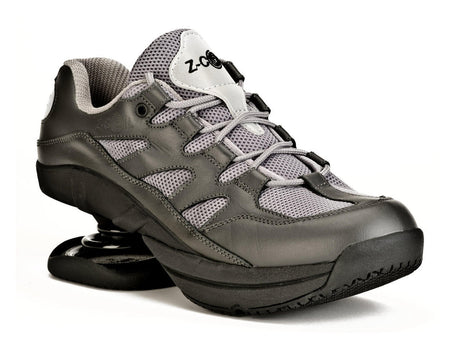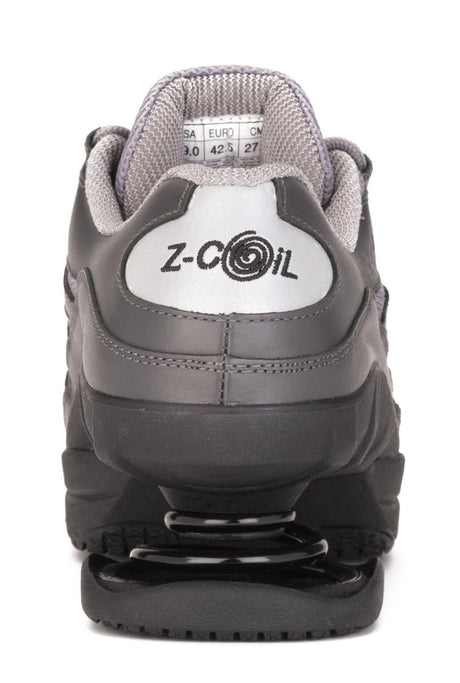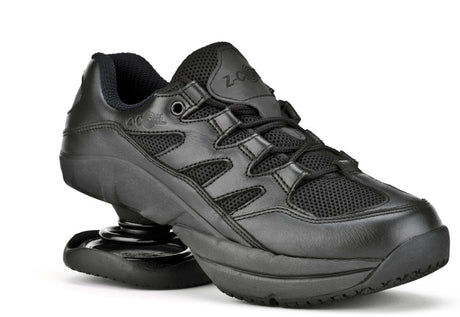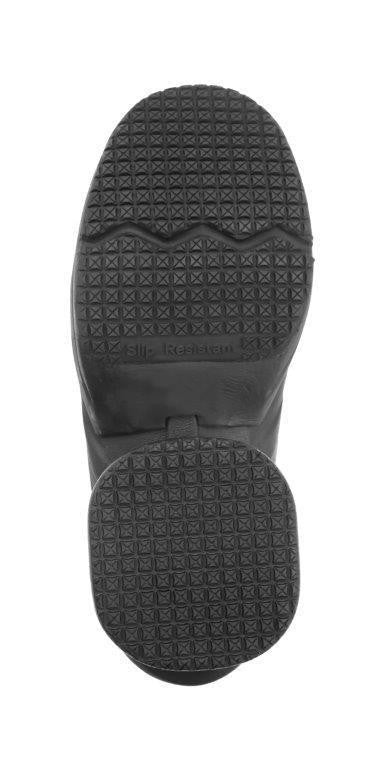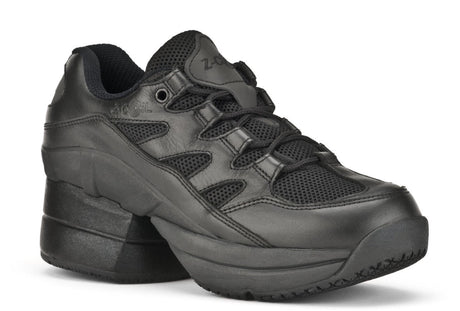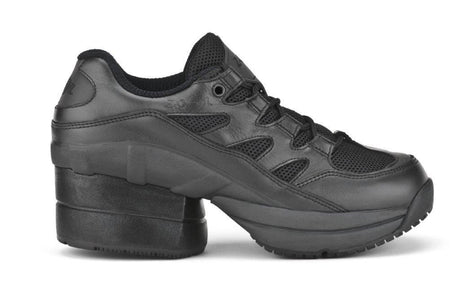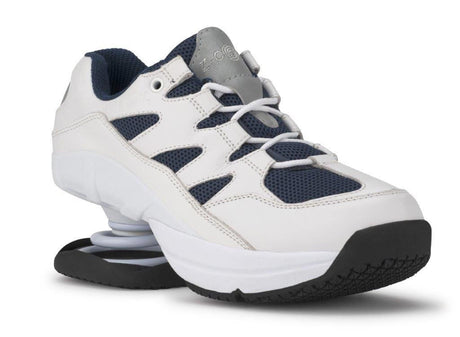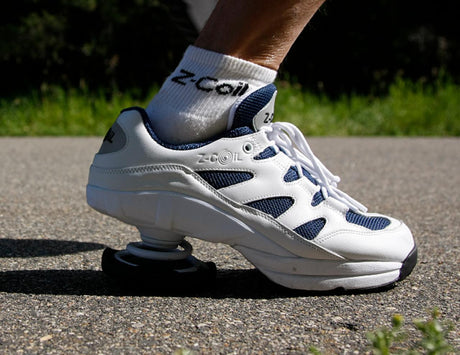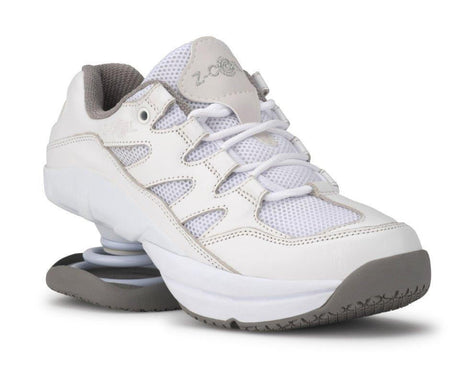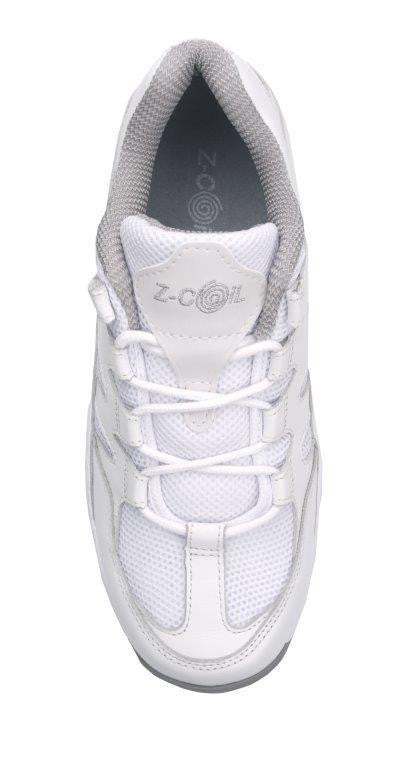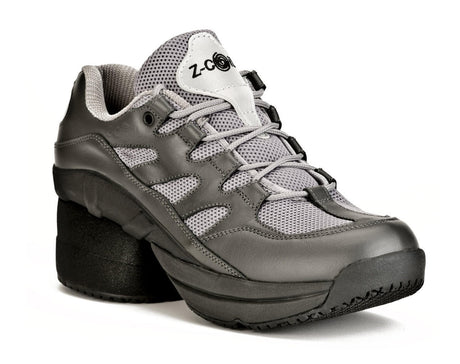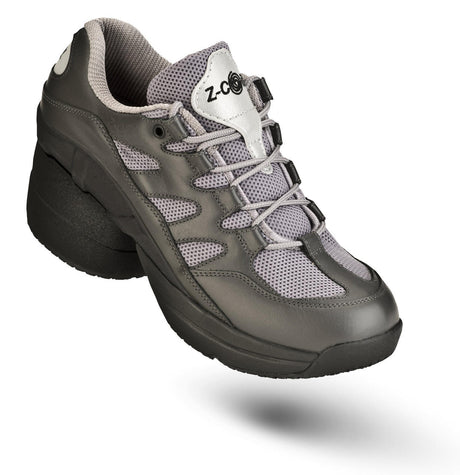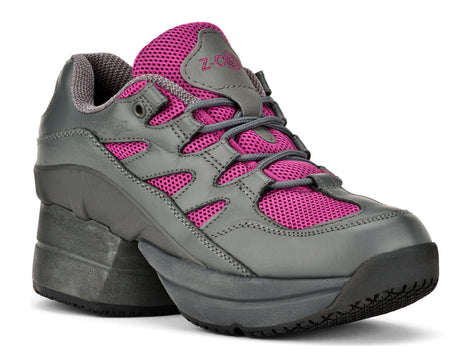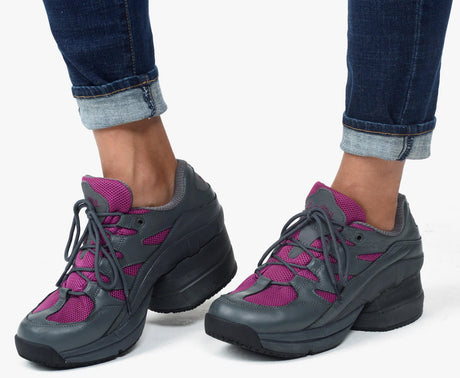
Ankles are wonderfully put together joints that make sure the powerful movements from our leg muscles direct our feet to run, jump, walk, climb, hop, squat, and dance our way through life. We sure know when we hurt an ankle—something millions of us do every year—but wouldn’t it be better if we understood our ankles a little better so we could prevent some of those injuries?
Structure
There are several bones that come down the leg to the ankle. There’s the biggest bone of the shin, the tibia, and the smaller bone of the shin, the fibula. Each of those two bones ends in a knob that protrudes that we think of as our ankle bones; the medial malleolus (inside), and the lateral malleolus (outside).
Then there’s the ankle itself, which is a hinge joint, but which is actually made up of three joints: the talocrunal joint, the subtalal joint, and the inferior tibiofibular joint. Between and around all these bones are soft tissues—ligaments, muscles, tendons—that convey strength and movement orders from the brain.
Pretty complicated structure, right? But how do all those Latin words help us prevent injuries?
Mechanics
Each of our ankles is a hinge joint. A hinge joint performs all its movement on one plane, as opposed to a socket joint, like the hip or shoulder, that has a much greater range of movement. You can raise or lower your toes to a certain point, but not beyond that. You can rock your ankle to the right or left, but again, only to a certain point.
Now we’re getting somewhere in understanding how an ankle gets injured. We have multiple bones and soft tissue connections working together in a limited movement structure. If we push that structure past what it’s designed to do, it strains, pulls, sprains, or breaks.
Prevention
The keys to preventing ankle injuries are pretty common sense once you understand how an ankle is designed and how it moves. If we set aside major accidents like broken or crushed bones, and focus on smaller injuries like strains and sprains and pulls, we can make some good headway. The basic categories of ankle injury are: overuse, misuse, and underuse injuries.
Underuse injuries come when we sit for so many hours a day that our joints tighten up and no longer bend and flex like they are supposed to. If your job requires you to be sedentary for hours of your day, make sure you are active when you are off work. Go for a half hour walk, get the mail on foot, take the dog to a park, go for a bike ride, whatever you can do to get those ankles moving. BUT…before you do any of those things, make sure you stretch to loosen up all that soft tissue, and protect your feet with proper shoes.
Overuse and misuse injuries come from using your feet too hard, too much, or without being careful of them. If you have to be on your feet for hours every day, make sure you’re moving and not just standing still. Your ankle joints can stiffen up just as much from standing still as they can from sitting still. Stillness is the issue for joints that are meant to move, so take a break and walk or stretch it out. Shoes with proper support will help align your feet in their best position. And shoes with proper cushioning will help absorb the heavy impact of repeated use.
As you age and your body loses elasticity, don’t be afraid to give your feel more warm-up time and more support and cushioning. The important thing is that you keep your health and keep active—whatever that takes.

